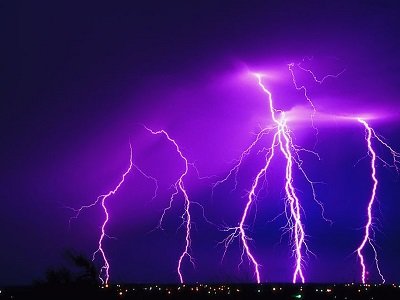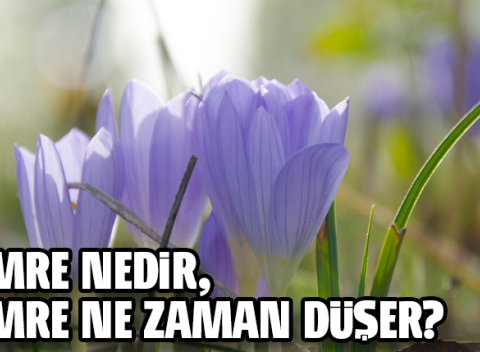
There are very few theories left about lightning and thunder. There are still things we don’t know about lightning, but we do know the cause of both lightning and thunder. It is still worth gaining more understanding and appreciation about this weather event as it is very common. Lightning is a form of static electricity very similar to what occurs when a person passes over a thick carpet and touches a grounded metal object. However, it is also extremely powerful. A lightning bolt usually generates thousands of volts of electricity. Like all electromagnetic energy, this generates heat as a byproduct. Due to the voltage, this is also usually excessive. As in the small example of static electricity above, which involves mixing on the carpet, the reason is the difference in polarity between the two objects. That is, if one object has a positive load and the other has a negative load, a discharge usually occurs to synchronize the difference between the two. Friction is usually the reason why an object, such as a cloud, receives an electrical charge. An easy experiment to show this is to take a balloon, rub it against your hair and lean against the wall. Rubbing the balloon against your hair allows it to take a load, which is usually electrically neutral or almost neutral, which is the reason it sticks to the wall. In a cloud there is friction with the atmosphere, dust and dirt particles, and even water droplets. This means that one cloud can create a positive load, and the other can create a negative load only due to differences at the root of the friction. This can lead to cloud-to-cloud lightning, such as plate lightning. Clouds can also result in a load that is the opposite of what is on the ground. This causes lightning strikes that meet the ground. Most forest fires in the western U.S. are caused by such discharges. The interesting part is that a lightning bolt consists of multiple bolts, but we can only see one, and the bolt does not actually go from the cloud to the ground, as we have seen. At least, not completely. The line is extremely fast. A charged cloud attracts extremely small and dim flags from the ground or “grounded” objects such as trees and buildings. This creates a channel for discharge from the cloud. What we see as lightning strikes is discharge. Since streamers or filaments from the ground are deflected by both particles and wind currents, the flash is usually zigzag, as the discharge follows the channel leading to the ground. Interestingly, although only one inch in diameter, streamers can be photographed and taken with cameras with very high shutter speeds. Even more interesting is that a lightning strike on the ground or an object above it is an average diameter of four inches, but may appear much larger due to the brightness of the flash. Although there are exceptions, it is actually an optical illusion. The sound of thunder is the spring shock wave of lightning passage. A person can see it in a much smaller way by looking down at a ship’s passage through the water. In front of the ship, when cutting off the water, the liquid accumulates and flows to both sides of the bow. It’s a spring wave. Although it’s tremendously faster, the same thing happens when a lightning bolt cuts the air. Overheated, the air around the bolt immediately expands and at the same time forming a vacuum; a spring wave is created in the air. The power of the spring wave and the air flowing in to fill the gap caused by lightning combine to create the cracking and noise of thunder. When a jet is supersonic, it’s pretty much the same thing. The spring wave emits in the form of sound waves that we hear. Sound is waves that sling around an object, such as a ship or jet. We still do not fully understand the mechanism of the lightning cannon and do not know everything that needs to be known about lightning, but there is no longer a theory to work on. It’s proven in many ways. We know what this is, what the mechanism is, what causes it, and then the thunder. For decades, we have had and used tools to protect buildings from damage caused by lightning strikes. Lightning and thunder have transcended the field of theory, mystery and superstition. There’s more to learn about this fascinating weather phenomenon.


